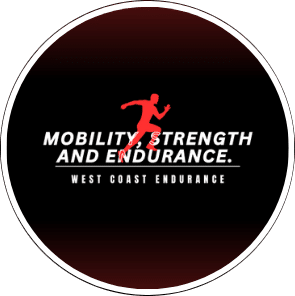Improving your deadlift requires a combination of proper technique, progressive overload, targeted strength training, and recovery strategies. Here are some tips to help you enhance your deadlift performance:
- Master Proper Technique: Ensuring proper form is crucial to preventing injuries and maximizing your lifting potential. Focus on maintaining a neutral spine, engaging your core, and using a hip hinge movement pattern. Seek guidance from a certified coach or experienced lifter to help you perfect your technique.
- Warm-Up: Prior to lifting, perform a dynamic warm-up to increase blood flow, improve mobility, and prepare your muscles for the heavy lifting. Incorporate movements like leg swings, hip circles, and light sets of deadlifts with gradually increasing weights.
- Progressive Overload: Gradually increase the weight you lift over time. This progressive overload principle stimulates muscle growth and strength gains. Start with a weight you can lift comfortably for your desired rep range, and gradually increase the weight as you become stronger.
- Vary Rep Ranges: Alternate between different rep ranges in your training. This helps you build both strength and muscle endurance. Include heavy sets (1-5 reps) to focus on pure strength and lighter sets (8-12 reps) to build muscle endurance.
- Accessory Exercises: Incorporate accessory exercises that target muscles involved in the deadlift, such as Romanian deadlifts, stiff-legged deadlifts, bent-over rows, and hip thrusts. These exercises can help strengthen weak points and improve overall performance.
- Core Strength: A strong core is essential for maintaining stability during heavy lifts. Incorporate exercises like planks, Russian twists, and hanging leg raises to strengthen your core muscles.
- Grip Strength: A strong grip is crucial for a successful deadlift. Train your grip using exercises like farmer’s walks, towel pull-ups, and plate pinches.
- Rest and Recovery: Allow sufficient time for recovery between training sessions. Adequate sleep, proper nutrition, and active recovery techniques (foam rolling, stretching) help your body repair and grow stronger.
- Mind-Muscle Connection: Focus on the muscles you’re engaging during the lift. Visualize the movement and feel the muscles working, which can lead to better activation and control.
- Periodization: Incorporate periodization into your training plan. This involves varying intensity and volume over time to prevent plateaus and reduce the risk of overtraining.
- Video Analysis: Record your lifts from different angles and analyze them to identify any form breakdowns or areas for improvement.
- Consistency: Consistency is key to making progress. Stick to your training plan, and don’t be discouraged by slow progress or setbacks.
- Seek Professional Guidance: If possible, work with a certified personal trainer or strength coach who can provide personalized guidance and correct your form.
Remember that progress takes time and effort. Be patient, stay committed, and make adjustments as needed to continue improving your deadlift over time.
